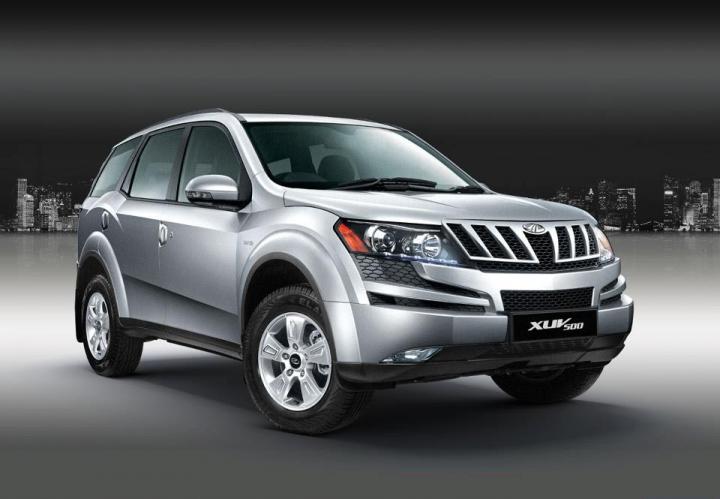News
Mahindra XUV500 loses ground clearance for lower excise
In the face of increasing competition, India's leading SUV maker Mahindra &Mahindra, has chosen to lower the ground clearance of its flagship SUV, the XUV500. According to a report on TheTimesofIndia, the XUV500's ground clearance has been reduced from 200 mm to 160 mm through the addition of a "stone guard".
The stone guard, essentially a protective plate fashioned out of plastic or steel, protects the under-body of a car/SUV from flying stones and other assorted debris found on roads. The addition of the stone guard to the XUV500's under-body has resulted in the crossover's ground clearance reducing, thus qualifying the XUV500 for a lower excise.
The lower excise duty has resulted in the prices of the Mahindra XUV500 being lowered by about 27,000 to 33,000 rupees, depending on the variant specified. With the new ground clearance, the XUV500 falls under the 27% excise bracket, as opposed to the earlier 30% bracket.
The price cut for the XUV500 comes at a time when competition in the SUV segment has intensified with new upstarts such as the Ford EcoSport and Renault Duster vying for the SUV buyer's purse strings. The XUV500 is powered by a 2.2 liter turbo diesel engine that outputs 140 Bhp-330 Nm. The SUV is sold with front wheel drive and all wheel drive options.
In the coming weeks, expect more Mahindra products such as the Bolero and Scorpio to also be made available with ground clearance-lowering stone guards. Also, other car makers such as Tata Motors and Toyota could take a leaf out of Mahindra's book to qualify for lower excise norms.
Earlier this year, through the 2013 Union Budget, the Government of India imposed higher excise on cars with the following attributes: A length greater than 4 meters, a ground clearance higher than 170 mm and an engine capacity greater than 1,500cc. Vehicles with the above attributes fall under the Indian government's new definition of SUVs.
Due to the new definition, many SUVs and MUVs, mainly in the product ranges of Mahindra and Tata Motors, were slapped with the additional excise duty (which went up from 27% to 30%). The government justified such a measure stating that SUVs occupy more space on the road and in parking lots, resulting in higher congestion.
Notably, the Indian government imposes lower excise on compact cars whose length measure under 4 meters, and whose engine capacities measure under 1.2 liters (in case of petrol cars) and 1.5 liters (in case of diesel cars). Clearly, the emphasis of the Indian government seems to be one that encourages car makers to produce more fuel efficient compact cars given the fact that India is a net importer of oil.
- Tags:
- Indian
- Mahindra
- Scoops & Rumours
- XUV500










.jpg)







